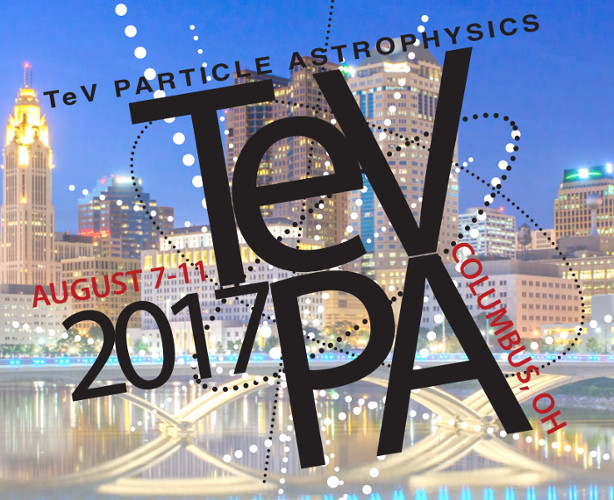Speaker
Description
The High Altitude Water Cherenkov (HAWC) gamma-ray observatory is a continuously operated, wide field-of-view (FOV) observatory sensitive to 100 GeV - 100 TeV gamma rays and cosmic rays. HAWC has been making observations since summer 2012 and officially commenced data-taking operations with the full detector in March 2015. With an FOV of 2 steradians, HAWC observes 2/3 of the sky in 24 hours. HAWC is sensitive to transients and also to galactic steady sources, including both point and more diffuse emission. HAWC can be used to search for astrophysical signatures of dark matter (DM) and primordial black holes (PBHs). I will present HAWC's latest results on searches for evaporating PHBs, which would appear in transients in our archived data, but with energy and time signatures distinct from GRBs. HAWC’s measurement of the spatial distribution of TeV gamma ray emission from the region surrounding nearby pulsars is also relevant to interpretation of the excess of positrons observed at Earth. I will also present our measurements on TeV gamma ray emission near Geminga and the Monogem pulsar.




